Geva Mentor wants to have children, but, single and in the prime of her netball career, has been facing odds that are increasingly stacked against her. She recently went through an egg retrieval procedure in the hope of future proofing her dreams.
Natalie Medhurst considers herself lucky. She had fertility issues, and after going through a range of investigations and assisted measures she and her partner are expecting their first child.
Sonia Mkoloma is playing a numbers game, having had three miscarriages and three failed IVF cycles in the past six years. She didn’t start trying for a family until her elite career finished at the age of 35, and she’s anxious that it might not happen.
Aged between 35 to 41, the three athletes know about limitations. That their reproductive years, like their sporting careers, won’t last forever. Given little concrete information about how sport could impact their fertility, they did their own research.
Each woman made a conscious decision to tread a pathway to assisted reproduction. Littered along the way were physical, emotional, logistical and medical factors that complicated the process.
The trailblazers hope that by sharing some of their more intimate details, that people might gain a wider understanding of the problems they faced, and why all active females should consider their health as well as their sporting careers.
Mentor explains, “It should be a fundamental foundation topic that’s spoken about quite comfortably, and that we’re able to share.”
So what are the barriers that an elite female athlete faces to have children?

Geva Mentor and Nat Medhurst sharing a moment at Collingwood. Image Kirsten Daley
Physical factors
Altered menstrual cycles are all too common among female athletes and can play havoc with their fertility. Research has shown that elite athletes are at far greater risk of menstrual dysfunction, with up to 65% of long-distance runners developing issues, compared to 2-5% of the regular population. Changes are generally caused by low energy availability, which happens when athletes aren’t eating enough to fuel their training loads.
According to an expert in reproductive health, Associate Professor Vinay Rane of the Melbourne Mothers clinic, “Unfortunately there is seen to be a significant performance advantage in some sports for not carrying extra body weight, and it is impacting fertility. One of the keys steps in becoming pregnant is being able to ovulate, and that is often suppressed when women don’t carry an adequate body fat percentage.”
Australian netballer Natalie Medhurst adds, “It’s related to the rigours of sport at this level. We push our bodies to extreme physical exertion that goes above and beyond regular exercise. While refuelling is critical, there is also an unnecessary emphasis on our weight and skin folds. It’s almost toxic at times.”
So how does weight impact the menstrual cycle? Reproductive hormones are stored in the body’s fat layers, and with a reduced body mass index, many changes can be experienced. These may include increased levels of androgens, and decreased levels of estrogen, progesterone and leptin. Problems resulting from these changes can include an inability to ovulate and secondary amenorrhea (loss of periods). Other symptoms can include reduced bone mineral density and iron deficiency.
Associate Professor Clare Minahan, of Griffith University, who researches the menstrual cycle in athletes says, “A lot of elite athletes think that if they miss their period, that’s fantastic, they must be training hard. And then if their period returns, they feel like they haven’t done enough.”
Medhurst agrees. “It’s scary to think that in sports such as gymnastics, for girls not to have their period is almost celebrated. It’s just shocking.”
Sadly, fat shaming is still a very real issue in sport and was never more pronounced than when sections of the media attacked swimmer Liesel Jones at the 2012 London Olympics. In the twilight of her career, Jones had a more mature figure than in her teenage days, resulting in mud thrown at her fitness to swim. Her autobiography, Body Lengths, tells of the shocking pressure on many female athletes to diet.
In addition to weight related problems, Professor Rane finds a number of elite female athletes have polycystic ovary syndrome. He explains, “This is an underlying medical condition that elevates androgen levels (male-related sex hormones). The athletes effectively have a competitive advantage throughout their lives, but it sadly comes at the expense of their fertility levels.”

Many female athletes have a low body mass index. Image Aliesha Vicars.
Oral contraceptives
The regular prescription of oral contraceptives to manage premenstrual and menstrual symptoms during training and competition is a source of concern for Professor Minahan.
The problem is two-fold: it can mask fertility issues and can have a negative impact on bone mineral density which may already be impacted by low energy availability.
Professor Minahan says, “Having your ‘bleed’ on oral contraception doesn’t mean you’re having a natural period. You may never have had a normal menstrual cycle in the first place, so establishing this should really happen before the pill is prescribed.
“There is also a problem if girls haven’t yet reached peak bone mass, and that doesn’t happen till their mid-twenties. By putting them on oral contraception, you are putting them at risk of poor bone health. That could be right throughout their life span, from being an athlete at increased risk of stress fractures, right through to osteoporosis as an older individual.”
It’s an issue that impacted Medhurst. It wasn’t until she underwent investigations that she found she wasn’t ovulating, a problem that had been covered up by her use of oral contraceptives.
“I was gobsmacked. It was my own decision to speak to a specialist about it, and I sat there thinking, ‘What have I been doing to my body? What could I have done differently?’ For all these years my body has been able to do X, Y and Z as an athlete, and now it can’t do the one thing it’s meant to do on its own. Had I compromised that in some way?”

Many female athletes use oral contraceptives to manage their menstrual cycle. Image Aliesha Vicars
Age
Female athletes are celebrating moves to a semi-professional era by staying in their chosen sport for longer. After years of existing on a shoestring, many can earn a comfortable salary for doing what they’re good at. And why not? says commentator and former Australian netball captain Liz Ellis. “You do want to extend your career for as long as you can, because why wouldn’t you want to have the best job in the world. But with that comes the idea that you have to be able to start your family.”
While many athletes are wanting to extend their career into their thirties, it’s the decade when fertility rates are plummeting. A forty-year-old has just a 5% chance of conceiving naturally, and an 11% chance of having a live birth after a successful IVF cycle. At this age, 50% of pregnancies end in miscarriage. Younger, bullet-proof athletes rarely know or stop to consider such frightening statistics.
English international Geva Mentor says, “While for me age is just a number, it’s not when it comes to my body clock which is ticking. I want to continue playing netball, but I’m facing the very real fact that things deteriorate.
“Your egg quality declines, the possibility of being able to get pregnant deteriorates, and there are associated health problems with age. Unfortunately, it’s not until now that I’m in this older stage that I’ve looked into it more.”
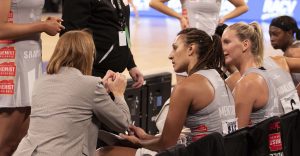
At 35, Geva Mentor is aware that her body clock is ticking. Image Kirsten Daley.
Timing
If absence makes the heart grow fonder, it doesn’t make conception any easier. Many athletes are competing, or travelling to compete, during the crucial hours of ovulation when they need to be having unprotected intercourse to conceive.
In addition, the cyclical nature of sport makes finding a big enough window for pregnancy and childbirth almost impossible. Professor Rane says, “Often I will have athletes walk into my office and say, ‘Right, I’ve got the Pan Pacs here, the Comm Games here, the Olympics coming up, so I need to have a baby on October 21 2022, and so I need to be pregnant on this day. They know they want to have a baby, but there just isn’t enough time.”
It’s an unusual situation, as many women can continue to work until late in their pregnancy. Unable to train or compete at elite level from around the three month mark of a pregnancy, until well after the baby is born, athletes are generally out of sport for almost a year.
Medhurst says, “The demands on athletes have increased so much in recent years. The international netball cycle runs for 11 months of the year, making it more difficult to take time out for a family.”
Fertility treatment also has it’s time difficulties. Medhurst was on fertility treatment during the 2019 netball season, having to take her medications with her and injecting herself while travelling.
Mentor was granted a break from her international duties with England, so that she could use the 2019 Christmas period for fertility treatment and egg retrieval, something that she says took four to six weeks to recover from. It was literally the only window in a twelve-month cycle that she could have managed, making the procedure a once per year option.
She says, “Physically and emotionally, there’s no way that I could have done weight training or court work during this time.”
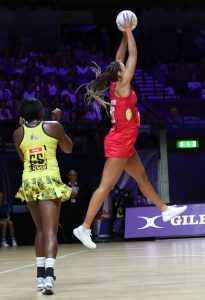
Geva Mentor was granted a break from England duties for medical reasons. Image: May Bailey
Emotional factors
There can be significant psychological barriers to becoming pregnant as an athlete. There’s the balance between wanting a baby and wanting to succeed at sport. Medhurst explains, “Firstly there’s the concern that if you take time away from sport for a family, then you might not get selected back in the side again. Miss a year, and you’re done!
“Control is also a massive factor. For years you control everything you can around your performance – you train correctly, you eat appropriately, you do your rehab. But becoming pregnant is the one thing you have no control over. And if you can’t fall pregnant you then wonder if you’ve compromised that, if you’ve done something wrong.
“You feel like a failure. You blame yourself. To become a mother you are hanging on to so much hope, with no promises or guarantees on the end of it. That can be heart breaking.”
While Medhurst acknowledges that Collingwood have given her exceptional support she is worried that this may not always be the case in other situations. “Clubs are in the business of winning games, and I know when maternity provisions were put in the latest Players’ Agreement, that there was very real concern from the member organisations that more players would become pregnant and have a paid holiday.
“But it’s not that easy to fall pregnant, and given that there’s no assurances or support for players to come back if they’re out of contract, those concerns are skewed.
“Players have just as much right to have a family and receive maternity provisions as anyone, so sadly it highlights that clubs are more concerned about performance and less about the health and welfare of their athletes.”

Collingwood coach Rob Wright has been supportive of his athletes’ welfare. Image: Aliesha Vicars
Fertility drugs
One of the many dichotomies that Professor Rane faces is the use of fertility drugs to induce ovulation in female athletes. The World Anti-Doping Agency has banned the use of oral medications such as Clomiphene and Letrozole, while still allowing follicle stimulating hormone injections.
Rane says, “It’s invasive, and a far more costly process, partly due to the fees, but also because the athlete has to be monitored by ultrasound which means being at the doctor’s clinic every time it’s needed, which can be quite often during fertility treatment. That is incredibly draining, and difficult to navigate while they’re also supposed to be training or competing.”
“I don’t believe the oral medications belong on the banned list, as how can they give a performance advantage? But the WADA default position is that any drug can’t be taken unless proved otherwise.”
Simone Forbes, a five-sport international, took Clomiphene during her netball off-season for well-documented fertility issues. Captain of the Jamaican national team, she was banned just before the 2011 Netball World Cup, leading to her forced retirement.
Situations like this incense Professor Rane. “The notion of being banned for four years for taking a fertility drug – which is career ending – is heart breaking. It’s terribly irresponsible that more isn’t being done in this space to support female athletes.”
Acknowledgements
With thanks to Associate Professor Vinay Rane, Associate Professor Clare Minahan, Dr Susan White, Liz Ellis, Kath Harby-Williams, and particularly Geva Mentor, Natalie Medhurst and Sonia Mkoloma. In sharing their personal stories, these wonderful women are our greatest advocates for change.
This is part One of the serialisation of Netball Scoop’s investigation into fertility issues among female athletes. To read the rest of the series, follow these links:
How can female athletes be better supported
Geva Mentor – I retrieved my eggs
Natalie Medhurst – pregnancy after fertility treatment
Sonia Mkoloma – multiple miscarriages

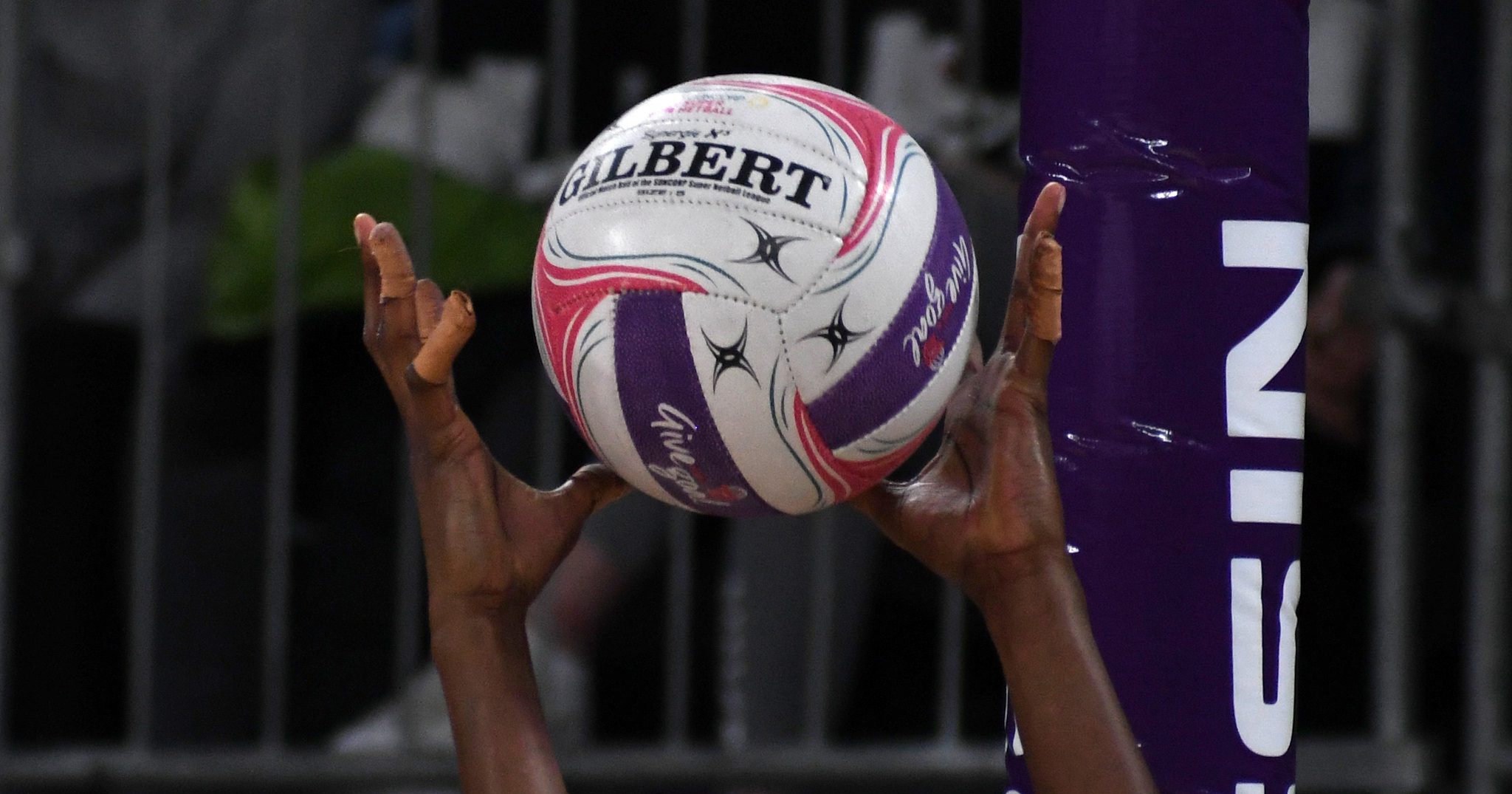



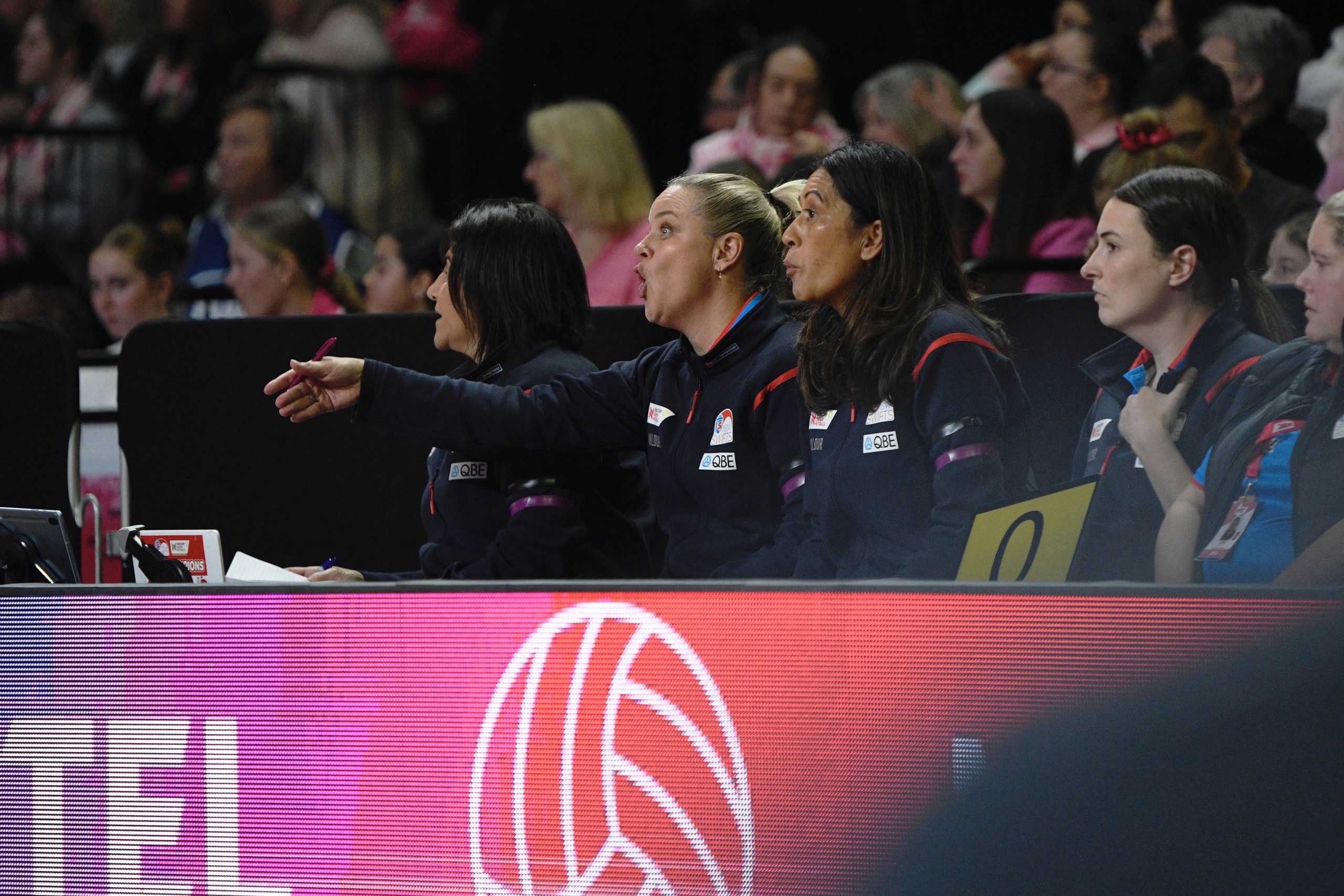
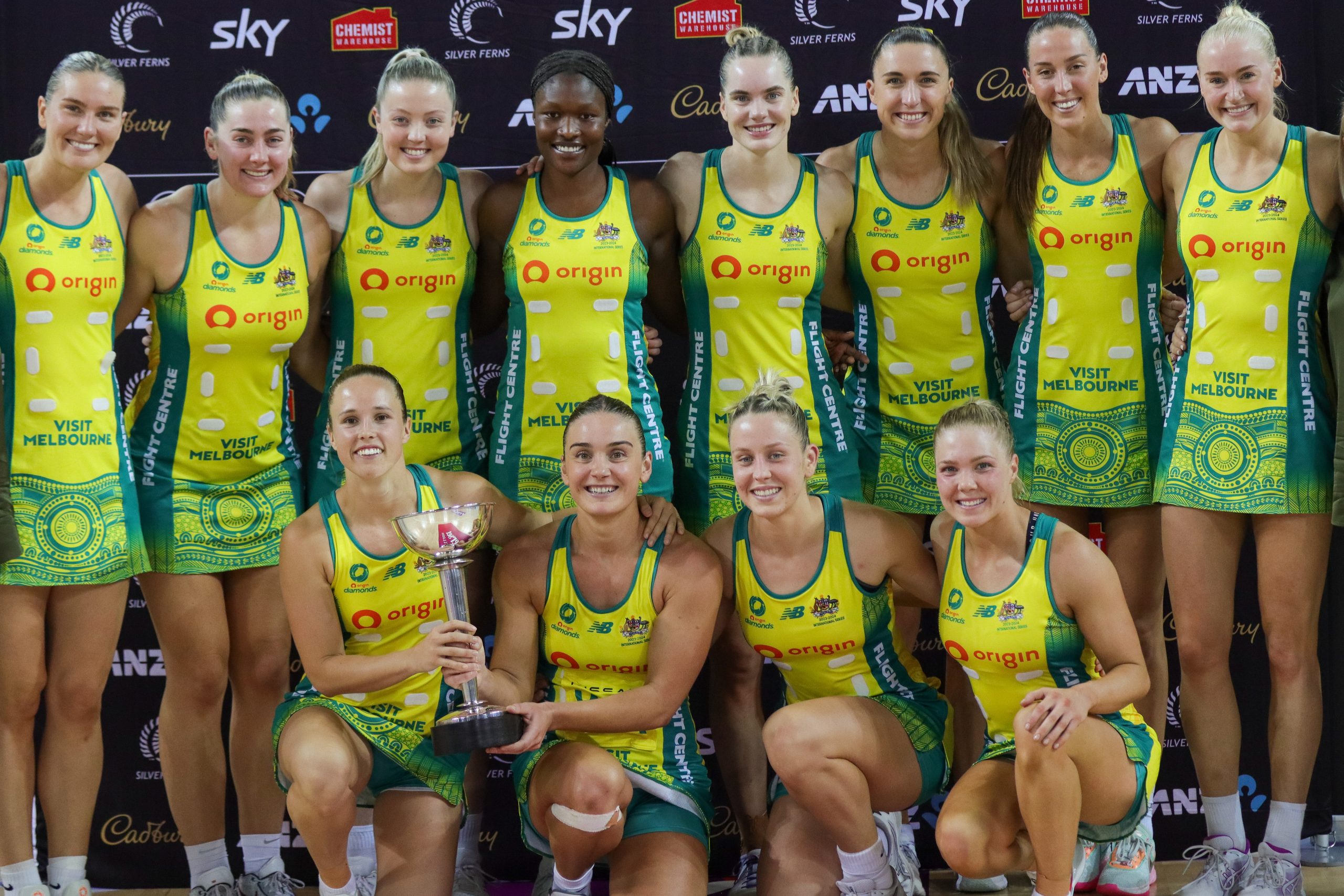


[…] Part One: Barriers to Fertility […]
[…] Part One: Barriers to Fertility […]
[…] Part One: Barriers to Fertility […]
[…] Part One: Barriers to Fertility […]